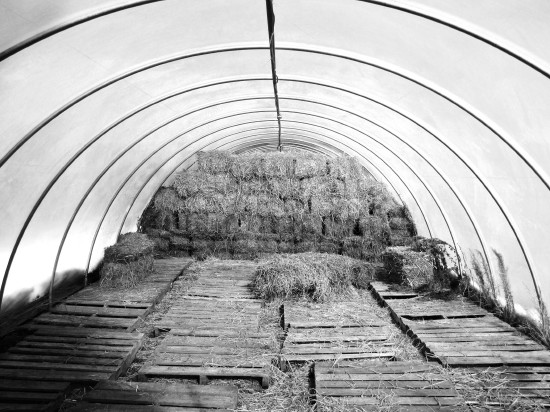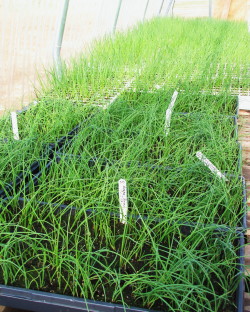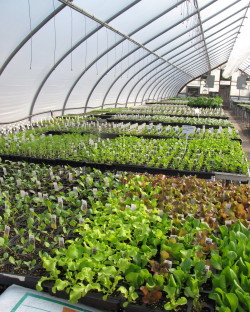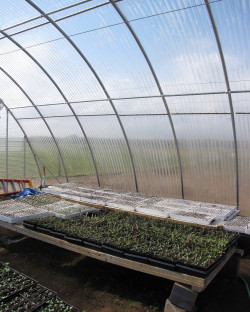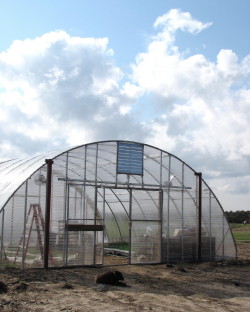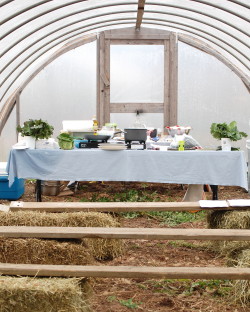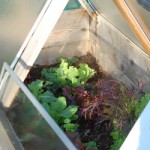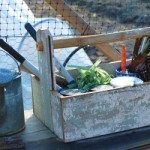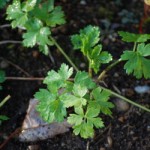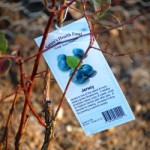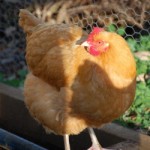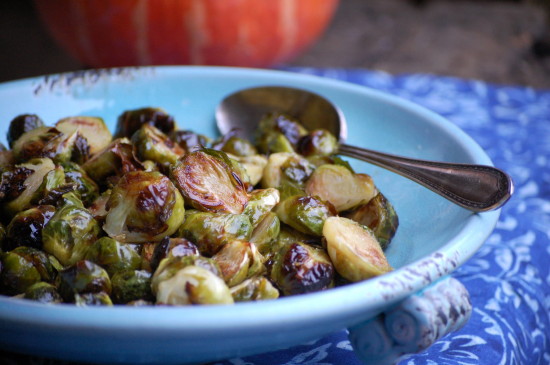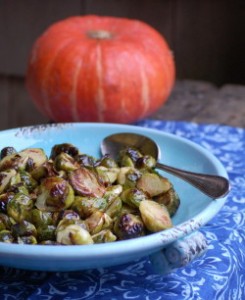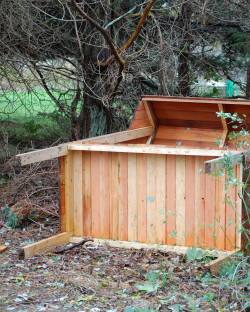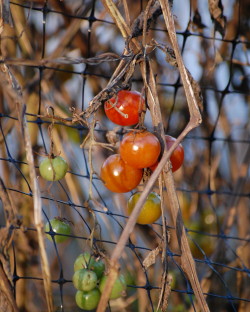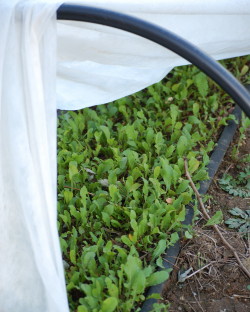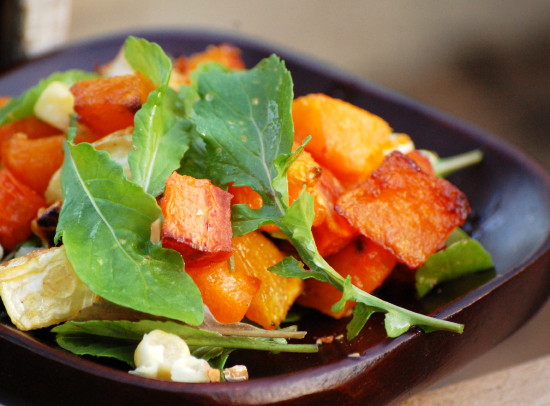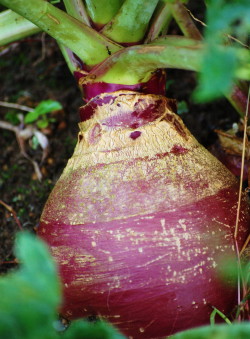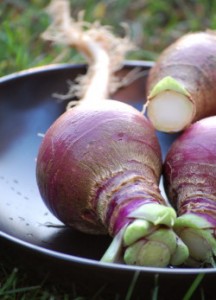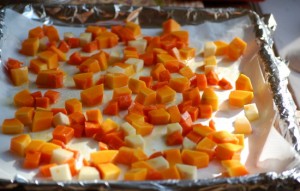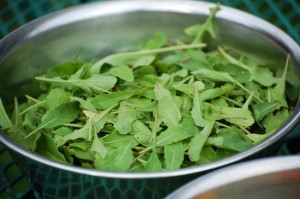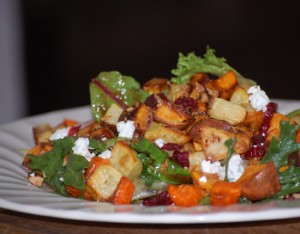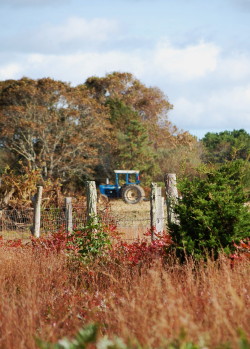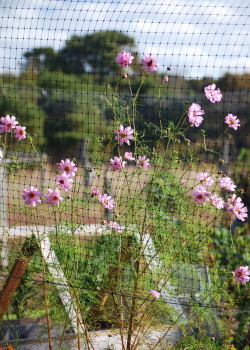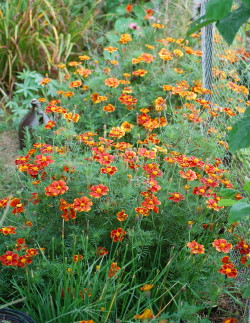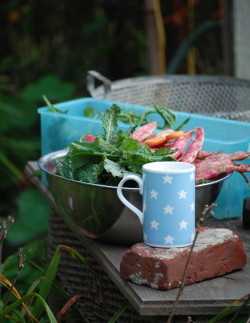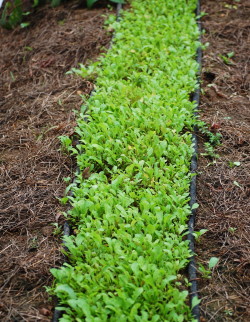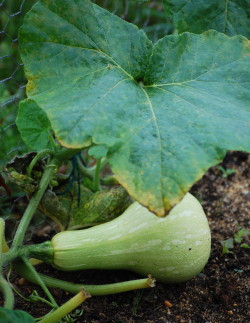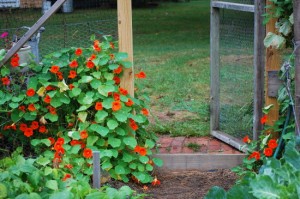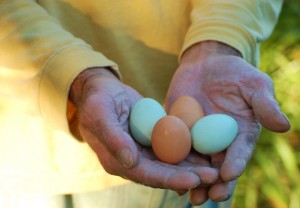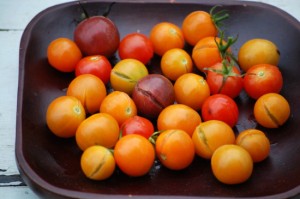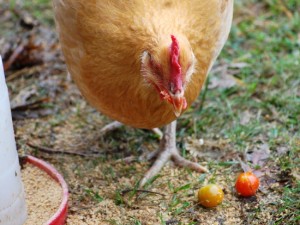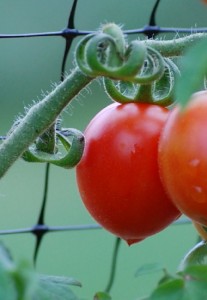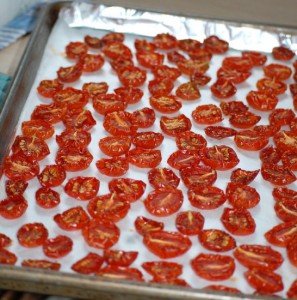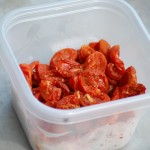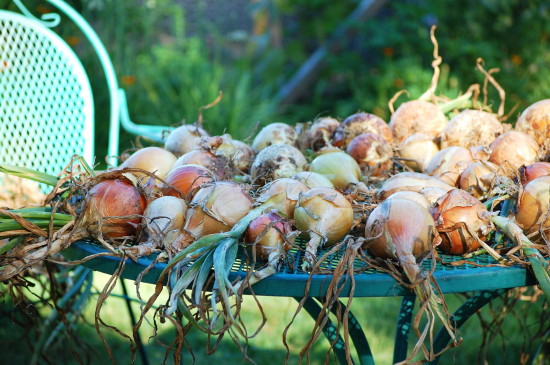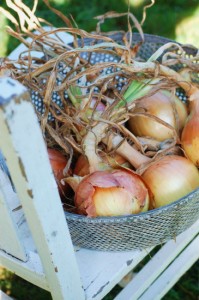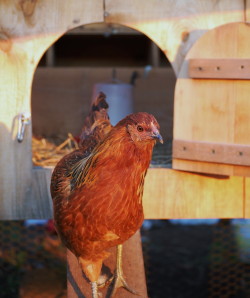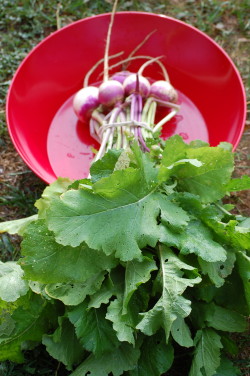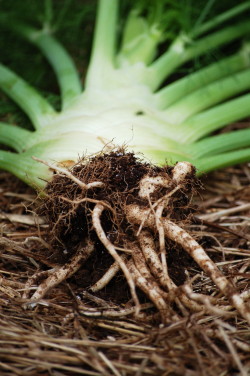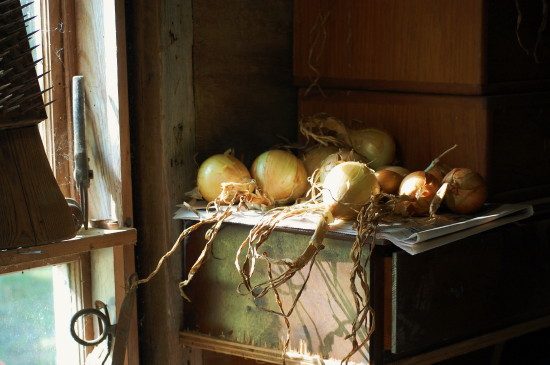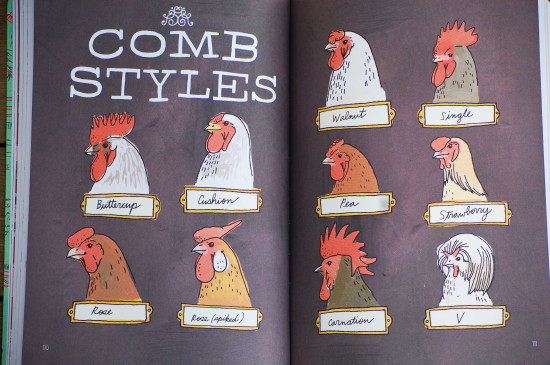 This winter I am home-schooling myself—about farming. This started out as a light-hearted endeavor. I figured I’d brighten up the dark days of winter by reading memoirs; you know—funny, it-changed-my-life farming stories. Couples who fell in love on farms, worked 26 hours a day, and lived happily ever after. (Oh, and had a thriving, profitable, vegetable growing business at the same time!) Surprisingly, there are actually a few books like this out there. (Try this one.) Perhaps the authors are not being completely truthful, but they’re charming, nonetheless. After finishing these books, the expected wet-blanket effect did not occur. The whole farming idea seemed strangely more appealing, not less.
This winter I am home-schooling myself—about farming. This started out as a light-hearted endeavor. I figured I’d brighten up the dark days of winter by reading memoirs; you know—funny, it-changed-my-life farming stories. Couples who fell in love on farms, worked 26 hours a day, and lived happily ever after. (Oh, and had a thriving, profitable, vegetable growing business at the same time!) Surprisingly, there are actually a few books like this out there. (Try this one.) Perhaps the authors are not being completely truthful, but they’re charming, nonetheless. After finishing these books, the expected wet-blanket effect did not occur. The whole farming idea seemed strangely more appealing, not less.
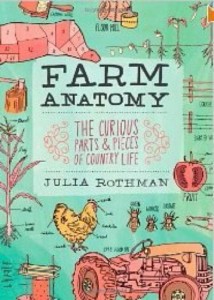 Next and just for fun, I bought myself this adorable book, Farm Anatomy. Julia Rothman is a New York illustrator married to a farm boy, and her colorful depictions of everything from how to shear a sheep or milk a cow to the history of the tractor and the basic steps of cheese-making are fascinating and easy to absorb. Eye candy and fun facts all in one. Did you know that a cow drinks 10 to 25 gallons of water a day? Or that there were so many different kinds of chicken combs? (See Rothman’s illustration, above, and for more great books about country living, visit Storey Publishing.)
Next and just for fun, I bought myself this adorable book, Farm Anatomy. Julia Rothman is a New York illustrator married to a farm boy, and her colorful depictions of everything from how to shear a sheep or milk a cow to the history of the tractor and the basic steps of cheese-making are fascinating and easy to absorb. Eye candy and fun facts all in one. Did you know that a cow drinks 10 to 25 gallons of water a day? Or that there were so many different kinds of chicken combs? (See Rothman’s illustration, above, and for more great books about country living, visit Storey Publishing.)
But lately things have gotten serious (and so has my reading). At night Roy and I look at our expanded garden design for this coming season—our third already!—and talk about where things will go. (I’ve now ordered all my seeds and am working on the potato and onion orders.) Even with our plan to double the growing space to supply the farm stand, that’s not enough room for everything we want to do. Roy wants to grow gladiolus like he did two years ago, so my zinnia bed has now shrunk (on paper, at least). We’re slowly gathering the parts for a hoop house, and I’m beginning to think about when (and where) we’ll start all the seeds, and how much of a jump I might be able to get on lettuce and greens. My mind races ahead to the succession plan, too—what will fill the beds when early crops, like peas and spinach, are done.
 Meanwhile, Roy has introduced the idea of getting (a lot) more laying hens and building a second, bigger coop. The goal, of course, would be to sell more eggs. But creating a viable egg business requires more than just extra space for the hens, so I’ve been on the phone with our friends at Free Bird Farm in upstate New York, talking with them about economics—everything from grain prices and pasturing hens (that’s one of their hen tractors in the photo at left) to the wisdom of buying pullets vs. baby chicks. And of course, all my chicken books are now strewn all over the living room floor.
Meanwhile, Roy has introduced the idea of getting (a lot) more laying hens and building a second, bigger coop. The goal, of course, would be to sell more eggs. But creating a viable egg business requires more than just extra space for the hens, so I’ve been on the phone with our friends at Free Bird Farm in upstate New York, talking with them about economics—everything from grain prices and pasturing hens (that’s one of their hen tractors in the photo at left) to the wisdom of buying pullets vs. baby chicks. And of course, all my chicken books are now strewn all over the living room floor.
And up on the couch lies my serious homework. I’ve started a self-designed Eliot Coleman tutorial that features a trio of his books—The New Organic Gardener, The Four-Season Harvest, and The Winter Harvest Handbook (thank you, West Tisbury Library!). This guy would drive me crazy (he’s so logical and efficient) except that he reminds me of my father, who I happen to like. Actually, his whole discussion of crop rotation reminds me of the IQ tests my father used to give me from Readers’ Digest when I was a little girl. Apparently I was much smarter then, because when Eliot Coleman starts in on the various permutations of crop rotation (which would number in the zillions if you let your brain go there), I freeze. I’m taking lots of notes, but clearly this is the kind of thing that only works into your bones with years of practice.
 Which is why, as much fun as reading is, it is frustrating not to be able to act immediately on new-found knowledge. So this week I did the only thing I could do after reading A LOT about season extension—something I’m particularly interested in. (Having our own salad at Christmas dinner was awesome.) Eliot Coleman grows through the winter in unheated hoop houses by choosing cold-hearty crops and putting them under row cover within the hoop house. A gardener I know here on the Island uses this same double-insulating, heat-trapping idea, by placing cold-frames within her hoop house. All I have right now is the little cold frame Roy built for me, but it is situated over a patch of very rich soil in the garden, and currently radicchio and mustard are still limping along in it. (The arugula outside of the cold frame is still thriving too, thanks to the mild weather and a double-thickness of row cover.)
Which is why, as much fun as reading is, it is frustrating not to be able to act immediately on new-found knowledge. So this week I did the only thing I could do after reading A LOT about season extension—something I’m particularly interested in. (Having our own salad at Christmas dinner was awesome.) Eliot Coleman grows through the winter in unheated hoop houses by choosing cold-hearty crops and putting them under row cover within the hoop house. A gardener I know here on the Island uses this same double-insulating, heat-trapping idea, by placing cold-frames within her hoop house. All I have right now is the little cold frame Roy built for me, but it is situated over a patch of very rich soil in the garden, and currently radicchio and mustard are still limping along in it. (The arugula outside of the cold frame is still thriving too, thanks to the mild weather and a double-thickness of row cover.)
So I decided to experiment with the plants in the cold frame to see if I can get them through February and March using this layering principal. I surrounded the existing plants with hay and covered them with fabric row cover, then popped the glass back on the cold frame. It’s a very moist environment, so I don’t expect to have to water much, and we’ll see if they survive and grow slowly in the next few weeks.
 If nothing else, this little project gave me something to do outside in the garden this week—other than cleaning the chicken coop. What the heck, learning about growing food is totally stimulating, both for the brain and the body. Works for me, anyway.
If nothing else, this little project gave me something to do outside in the garden this week—other than cleaning the chicken coop. What the heck, learning about growing food is totally stimulating, both for the brain and the body. Works for me, anyway.

